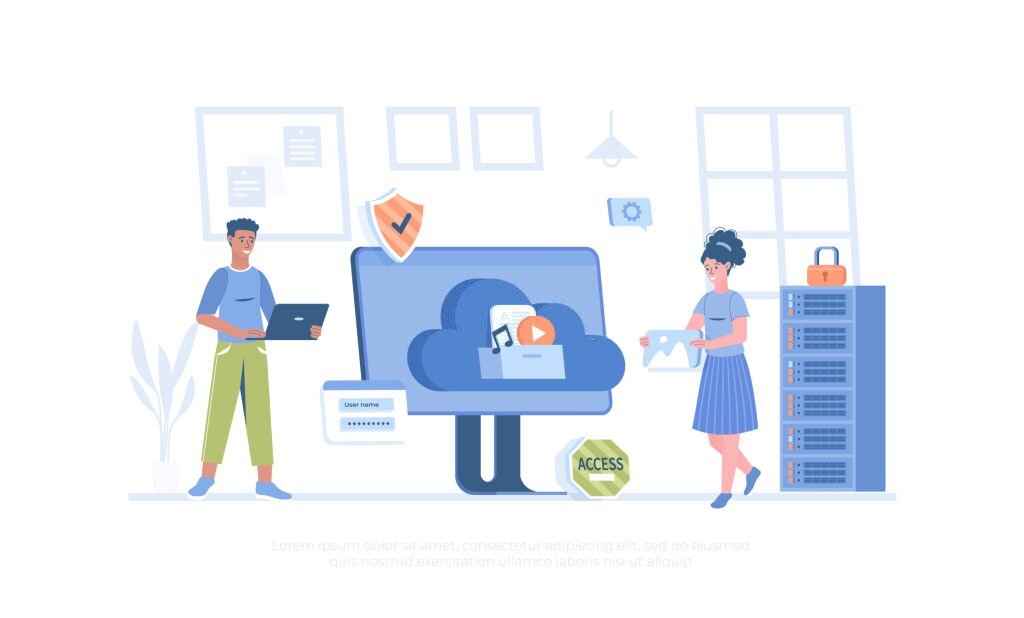Software development is the process of making computer programs or applications that perform specific tasks or functions. It involves a series of steps, methodologies, and practices to design, develop, test, deploy, and maintain software solutions. Software development encompasses a wide range of applications, from mobile apps and web applications to desktop software and enterprise systems.
1. Requirements Gathering:
This is the initial phase where developers work with stakeholders to understand and document the functional and non-functional requirements of the software. This involves understanding user needs, business goals, and technical constraints.
2. Design:
In this phase, developers create the architectural design of the software. This includes designing the overall structure, components, modules, data flow, and user interfaces. There are two main types of design in software development:
High-level Design: Creating a blueprint of the entire system’s structure and components.
Low-level Design: Defining detailed specifications for each component or module.
3. Implementation:
Developers write the actual code based on the design specifications. This involves choosing programming languages, using appropriate frameworks and libraries, and applying coding best practices. The implementation phase produces the software’s functional components.
4. Testing:
Testing is a critical phase in software development. Quality assurance professionals perform various tests to identify and fix bugs, ensure the software meets requirements, and verify its performance and reliability.
5. Deployment:
Once the software passes testing, it’s deployed to the production environment, making it accessible to users. This phase might involve setting up servers, databases, and configuring the software for optimal performance.
6. Maintenance and Updates:
Software requires ongoing maintenance to address issues, fix bugs, and implement updates. Maintenance also includes responding to user feedback and adapting the software to changing requirements or technologies.
7. Software Development Methodologies:
Waterfall: Linear, sequential process with distinct phases.
Agile: Iterative and collaborative approach, with frequent iterations and adaptability.
Scrum: A specific agile framework with time-boxed iterations (sprints) and roles like Scrum Master and Product Owner.
Kanban: Continuous flow of work items, emphasizing efficiency.
8. Development Tools and Technologies:
Software developers use a wide range of tools, programming languages, frameworks, and libraries to create software. The choice of technology depends on factors like project requirements, scalability, and complexity.
9. Software Development Life Cycle (SDLC):
The SDLC encompasses all the stages of software development, from initial planning to deployment and maintenance. Different methodologies fit within this life cycle, guiding how the process is executed.
Overall, software development is a dynamic and evolving field that requires technical expertise, problem-solving skills, creativity, and collaboration to produce effective and efficient software solutions.
